Cashews Tree
- March 13, 2024
- 0 comment
Scientifically known as Anacardium occidentale and belonging to the Anacardiaceae family, this evergreen giant, reaching up to 12 meters, poses questions about its unique growth habit and environmental impact. As we explore the journey of the cashew nut from blossom to harvest and delve into its nutritional value, we uncover the ideal conditions for cultivating cashews trees and the challenges faced by farmers.
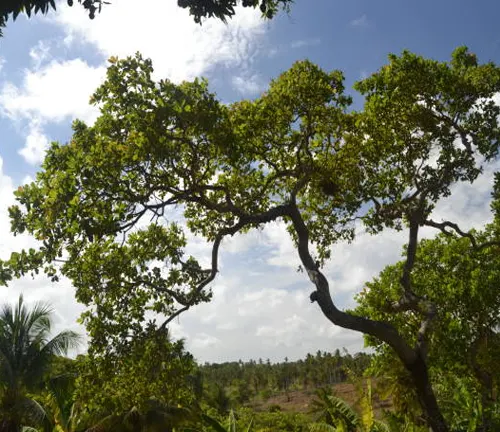

Analyzing the global cashew industry’s economic impact and the socioeconomic importance of cashew cultivation on local communities, we discover the numerous health benefits and culinary uses of nutrient-rich cashews. Highlighting eco-friendly farming practices and fair trade initiatives, we glimpse into the sustainable future of cashew cultivation.
The cashew tree, indigenous to tropical regions, stands as an evergreen marvel, reaching heights of up to 12 meters. The unique growth habit prompts inquiries regarding cultivation practices and environmental implications, adding a layer of intrigue to its botanical profile.
| Characteristic | Description |
|---|---|
| Scientific Name | Anacardium occidentale |
| Common Names | Cashew Tree, Cashew Nut Tree |
| Family | Anacardiaceae |
| Native Region | Indigenous to Northeastern Brazil |
| Plant Type | Evergreen Tree |
| Size | Can reach up to 12 meters in height |
| Leaves | Leathery, elliptical, and arranged alternately |
| Flowers | Small, pale green, and bloom in clusters |
| Propagation | Primarily through seeds, showcasing unique germination characteristics |
| Drought Tolerance | Moderate, with adaptations to arid conditions |
Botanical Beauty of “Cashews Tree”
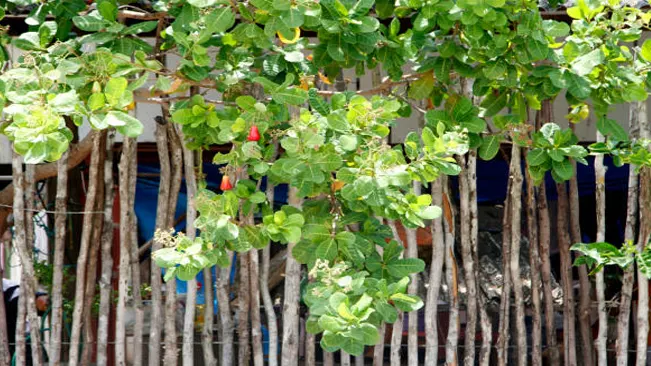
This encompasses various visual elements, such as the graceful structure of its spreading canopy, the smooth and appealing bark, and the delicate beauty of its flowers. Beyond mere appearances, it also signifies the ecological importance and environmental contributions of the tree, including its role in soil stabilization, fragrance emission, and the overall enhancement of landscapes. The term captures both the visual allure and the ecological significance that make the cashew tree a botanical marvel.
Woodland Elegance
This term encapsulates the visual allure of the cashew tree, celebrating its aesthetic charm. From the gracefully spreading canopy to the smooth bark that artistically enhances landscapes, the woodland elegance of the cashew tree adds a touch of natural beauty to its surroundings.
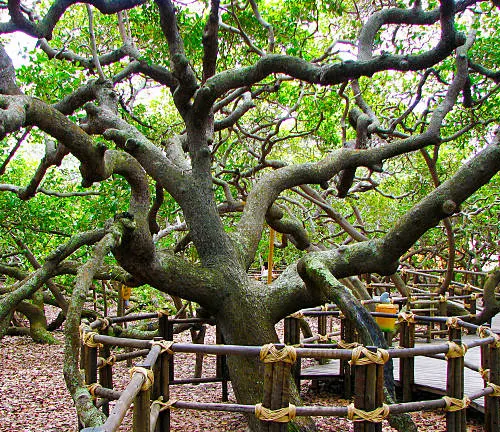

Ecological Importance
The ecological importance of cashews trees is emphasized in their role as biodiversity preservers. Acting as habitats for various organisms, these trees contribute significantly to the overall health and balance of ecosystems, highlighting their vital role in sustaining biodiversity.
Cultivation and Conservation
This aspect delves into the efforts to cultivate cashews trees sustainably, underscoring the significance of conservation practices to protect this botanical gem. Exploring cultivation methods that ensure the longevity and ecological integrity of cashews trees is crucial for sustainable agricultural practices.
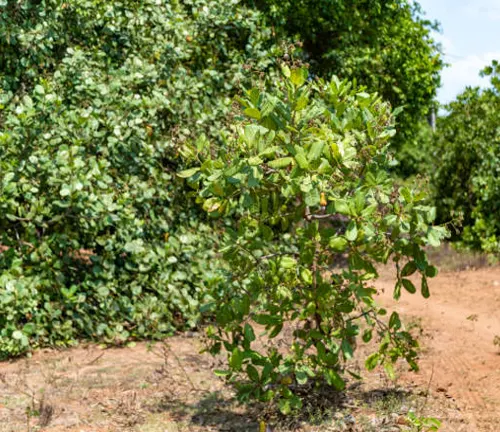
Fragrance
Unveiling the subtle fragrance emitted by cashews flowers, this element adds a sensory dimension to the overall allure of the tree. The delicate scent enhances the overall experience of encountering the cashews tree, making it a sensory delight in addition to its visual appeal.
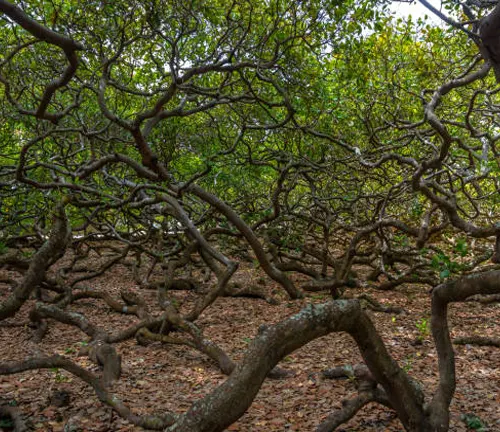
Soil Stabilization
Examining how the cashews tree aids in soil stabilization, preventing erosion and maintaining the ecological balance in its habitat. This function highlights the tree’s contribution beyond aesthetics, showcasing its ecological role in preserving the integrity of the surrounding soil.
Common Uses
Beyond its economic significance, this term delves into the various applications of different parts of the cashews tree. From crafts to traditional medicine, understanding the diverse uses of the tree enriches our appreciation of its cultural and practical importance.
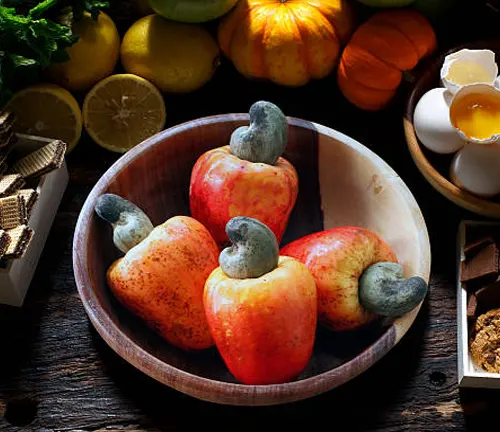
Benefits
Unpacking the benefits of cultivating cashews trees goes beyond economic considerations. It includes their contribution to agroforestry, carbon sequestration, and sustainable land use, showcasing the broader positive impacts of integrating cashews trees into various landscapes.
Different Species
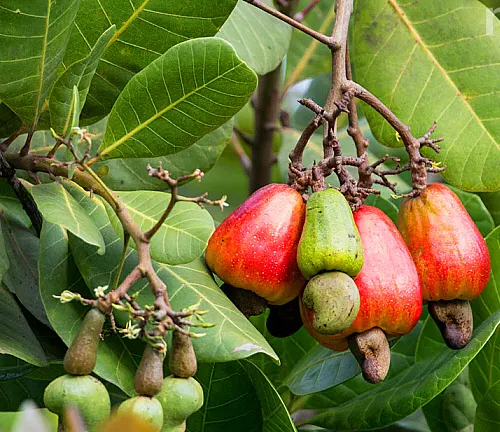
Anacardium microcarpum
The miniature cashew distinguishes itself as a smaller variant within the cashew tree family, boasting distinctive features. Typically discovered in specific regions with diverse climates, this unique species exhibits adaptability to varying environmental conditions. Its smaller stature makes it a notable variation, contributing to the overall diversity and resilience of the Anacardium genus.
Anacardium humile
known as the Monkey Nut, stands out for its distinctive growth pattern and remarkable adaptability to diverse environmental conditions. This species exhibits a unique charm, earning it a colloquial name. Its ability to thrive in various climates underscores its resilience, making it a noteworthy member of the Anacardium genus.
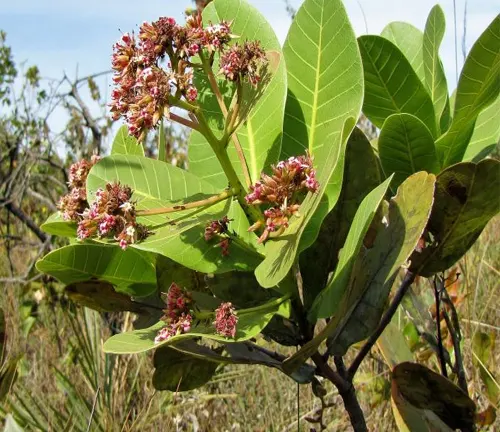
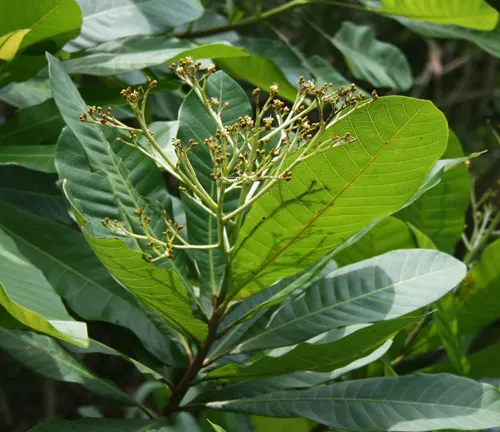
Anacardium excelsum
commonly referred to as Espave, distinguishes itself with a notable feature its towering stature surpasses that of the typical cashew tree. Found in specific regions, this species captivates attention with its impressive height, contributing to the overall diversity within the Anacardium genus. Its commanding presence makes it a distinctive member, showcasing the varied characteristics exhibited by different species within the cashew tree family.
Anacardium giganteum
as the Giant Cashew, earns its moniker due to its remarkable larger size and distinctive attributes. This species significantly contributes to the overall diversity within the Anacardium genus, showcasing variations in size and characteristics compared to the standard cashews tree. Its notable features and substantial presence make it a noteworthy and intriguing member of the Anacardiaceae family, adding to the richness of the botanical landscape.
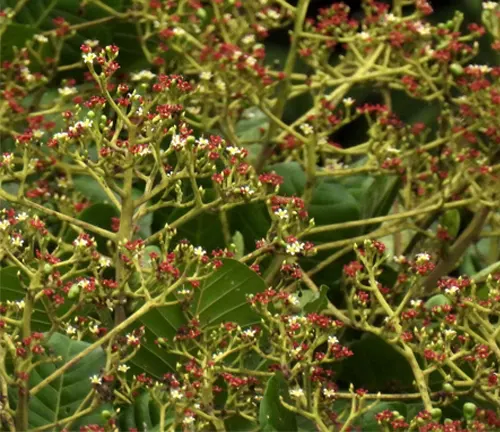
Frequently Asked Questions (FAQs)
- Q: How do you grow cashews trees at home?
- A: Cashews trees require tropical or subtropical conditions, well-drained soil, and ample sunlight. Starting with high-quality seeds, proper watering, and protection from cold temperatures are essential for successful cultivation.
- Q: Can you eat the cashew apple?
- A: Yes, the cashew apple is edible. Although less known than the nut, it is juicy and can be consumed fresh or used in beverages and culinary creations.
- Q: Are cashews nuts always sold roasted?
- A: Cashews nuts are often sold roasted to enhance flavor and texture. However, they can also be found raw, providing a versatile option for various culinary uses.
- Q: What is cashew nut allergy, and how common is it?
- A: Cashew nut allergy is an allergic reaction to proteins in cashews. While less common than peanut allergies, it can cause severe reactions. Individuals with nut allergies should exercise caution and seek medical advice.
- Q: Do cashews trees need special care during the flowering season?
- A: Yes, providing proper nutrition, watering, and protection from pests during the flowering season is crucial for a healthy cashews tree and optimal nut production.
- Q: Can cashews trees be grown in pots?
- A: While challenging due to their size, cashews trees can be grown in large pots initially. However, they will eventually require transplantation to a larger space for proper growth.
- Q: Are there any environmental concerns related to cashew cultivation?
- A: Sustainable farming practices are crucial to address concerns such as deforestation and biodiversity loss associated with cashew cultivation. Some initiatives promote eco-friendly cashew farming.
- Q: How long does it take for a cashews tree to bear fruit?
- A: Cashews trees typically start producing nuts after three years, with full maturity reached at around eight years.
- Q: What is the nutritional value of cashews?
- A: Cashews are rich in essential nutrients, including healthy fats, proteins, vitamins, and minerals. They contribute to heart health, bone strength, and overall well-being.
- Q: Are there different varieties of cashews trees?
- A: Yes, various cultivars exist, each with slight differences in size, shape, and yield. Common varieties include dwarf cashews and big cashews.


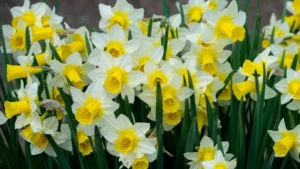
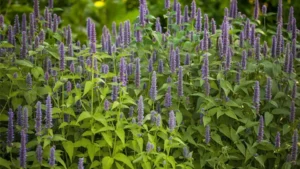

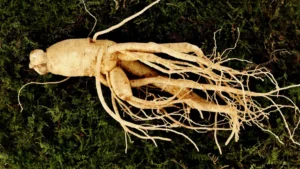

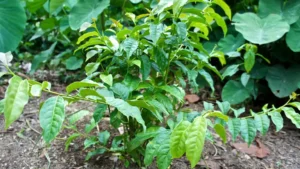
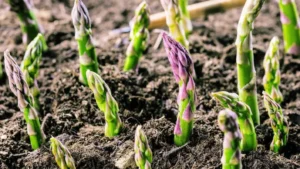
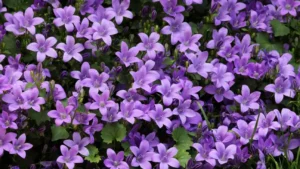
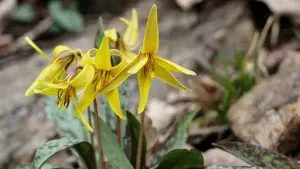

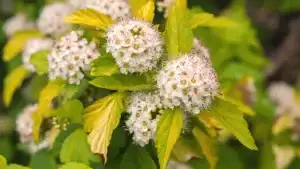
Leave your comment